Affiliate links on Android Authority may earn us a commission. Learn more.
Sony Xperia 1 II revisited: A good buy one year later?
Published onJuly 10, 2021
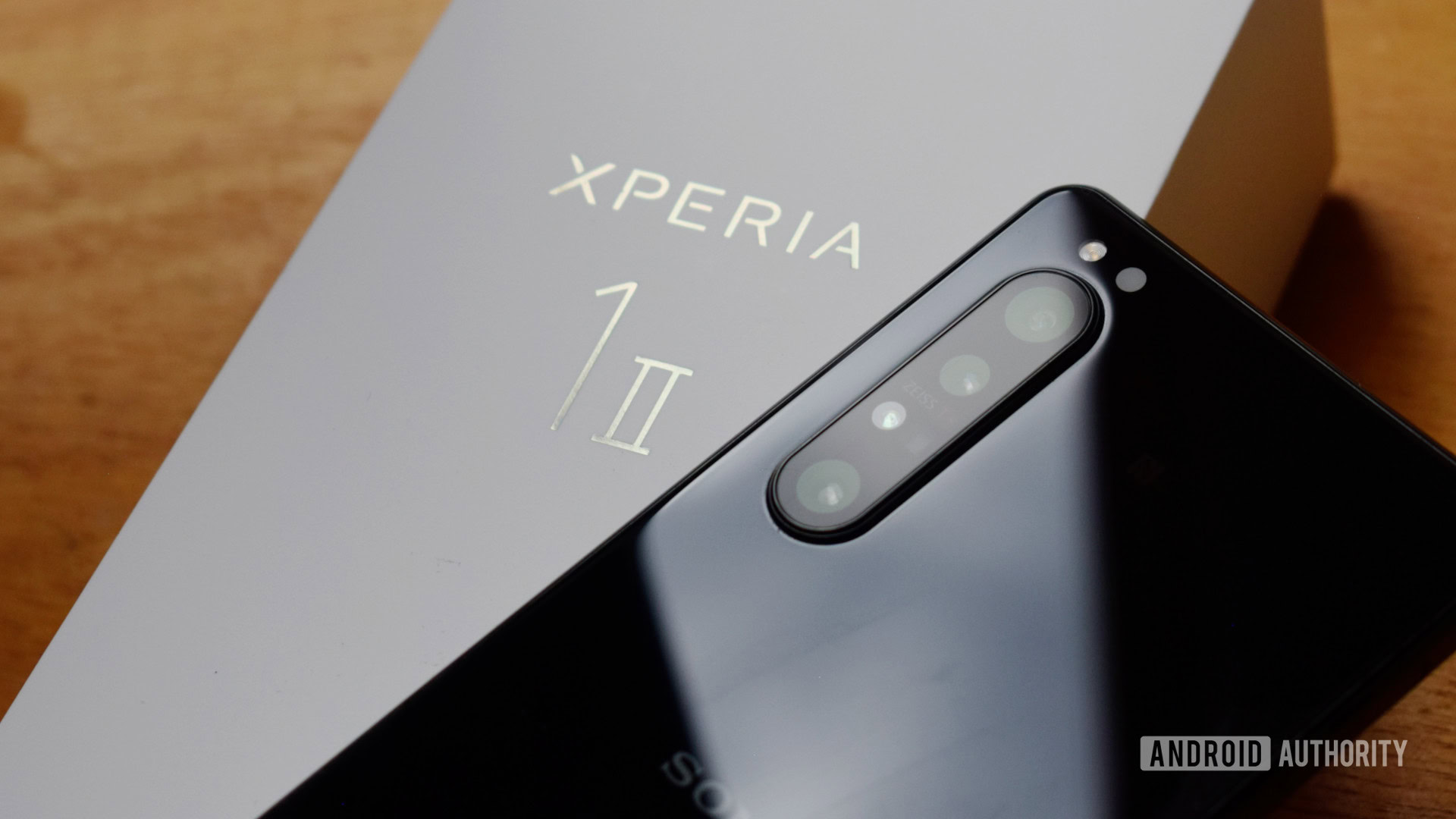
“The Sony Xperia 1 II is a wonderful smartphone” reads Android Authority’s original review. Boasting a fantastic display, professional-grade camera features, and even a headphone jack, there was a lot to like about 2020’s premium Sony smartphone.
However, the handset was not without a couple of caveats. The Xperia 1 II was and still is a very expensive smartphone, priced at $1,199.99 / £1,099,99. We also found the camera’s image quality to be a little behind the curve, and the side-on fingerprint scanner still feels like an odd compromise rather than bleeding-edge tech. In the end, the slightly more affordable Sony Xperia 5 II was the better buy.
Check out: The original Android Authority Sony Xperia 1 II review
Since its launch, Sony has upgraded the Xperia 1 II to Android 11, provided a host of security updates, and made a small selection of other improvements. Sony’s Xperia 1 II was as close as the company has come to a must-buy flagship smartphone in recent years. But how does it hold up nearly twelve months later and what about the new Sony Xperia 1 III?
The good
We’ve been waiting years for Sony to nail the flagship smartphone we know the company is capable of. The Xperia 1 II was the company’s best attempt yet to knock the formula out of the park. Barring a few issues, Sony nailed virtually all of the fundamentals, which has helped the phone age well over the past 12 months.
Hardware and design
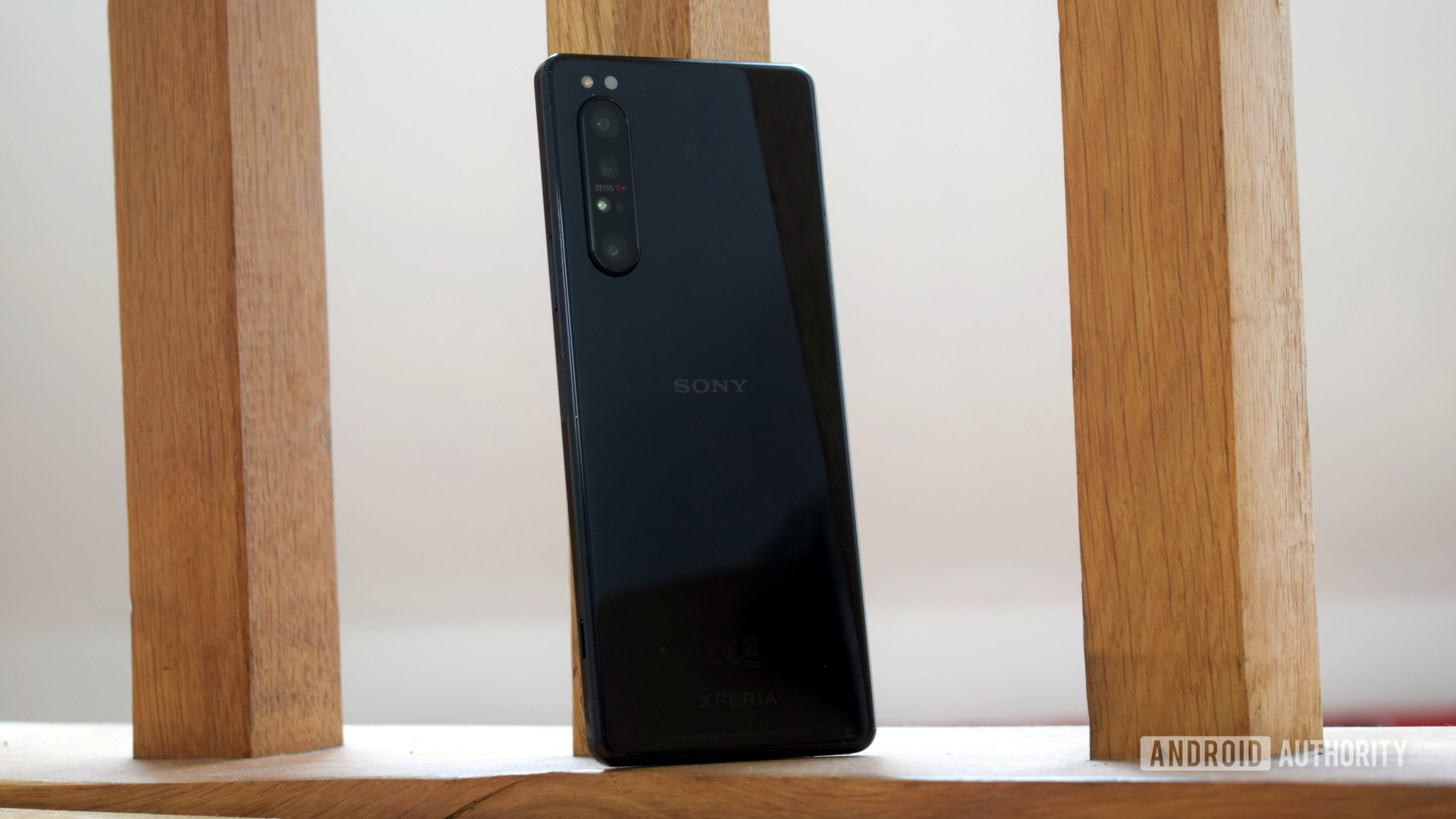
There’s no denying that the Sony Xperia 1 II is a great-looking handset, and it feels equally wonderful in the hand. Metal and glass is a timeless combination and Sony’s Xperia flagship still stands out as an incredibly sleek and professional-looking phone in 2021 — especially next to brands that increasingly sideline pleasing aesthetics to accommodate bulkier camera setups. I’m looking at you, Apple and Samsung. Unfortunately, the front glass on my model has picked up a few minor scrapes over the past 12 months and back panel fingerprints are an absolute nightmare on this phone.
Sony has converted me to the merits of its longer 21:9 aspect ratio display too. The Xperia 1 II is a big phone at 16.5cm (6.5 inches) tall but is trimmer and therefore easier to handle than other gargantuan flagships. The HDR OLED screen looks simply sublime as well.
Marry that with wireless charging capabilities, Gorilla Glass 6 protection, IP68 certification, 5G support (at least outside the US), a microSD slot, and a headphone jack, and you have a combination that’s still perfectly up to date. While I wouldn’t mind faster charging, a 120Hz display, or 5G mmWave support, the Xperia 1 II still offers compelling high-end hardware.
Clean and simple OS
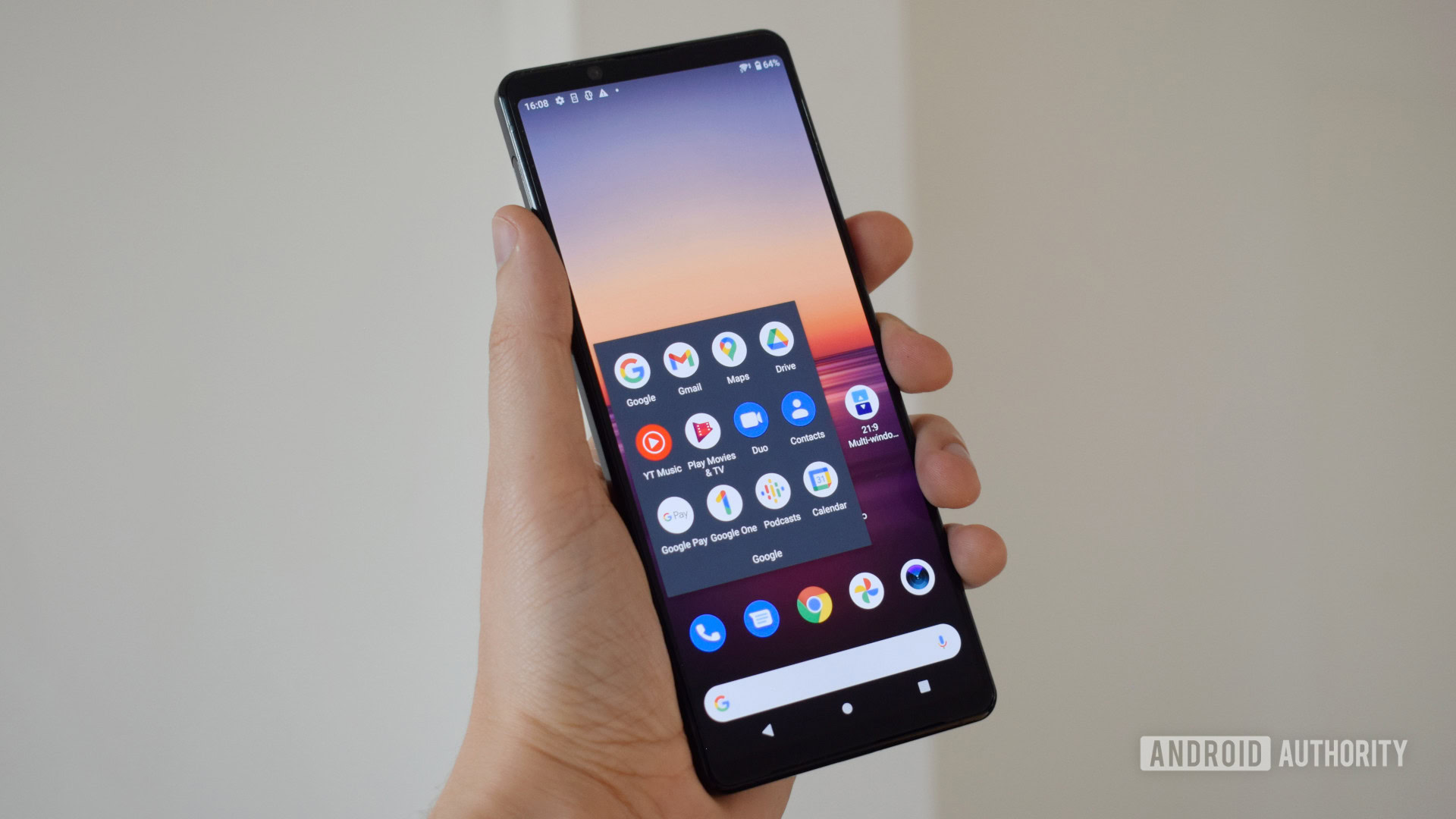
While the Xperia 1 II’s hardware is uniquely Sony’s, the phone’s OS remains very much in keeping with Google’s vision. The Xperia 1 II is free from aggressive skinning, feature bloat, and overly complex settings menus. The OS isn’t completely stock though, boasting features like Side Sense and 21:9 multi-window gestures, along with some expert-grade display white balance options. But most importantly, the Xperia 1 II runs lean and fast, making it a joy to use even months down the line.
The Xperia 1 II has received plenty of security patches over the past year. The handset started receiving Android 11 back in December 2020, although the global rollout took a little longer to complete. Even so, keeping things simple allows Sony to issue fairly regular updates to its flagship handsets, although it isn’t quite the fastest manufacturer around.
While the OS is slick and fast, Sony bundles a lot of unnecessary apps too.
Software is more of a mixed bag. Despite featuring mostly Google apps, the phone is rather bloated out of the box. LinkedIn, Call of Duty, Prime Video, Facebook, YouTube Music, and more all come pre-installed. Sony’s own software also feels quite disjointed, with odd menu layouts and an inconsistent design language across them. There’s zero consistency between Sony’s music, game enhancer, or news suite applications, which makes navigating each one a learning experience.
It’s also worth noting that Sony uses Google Photos for its gallery app. The introduction of Google One subscription-only filters leaves you without editing options that come free on other phones. No one likes being pestered for subscriptions, and Sony is reliant on the ever-changing whim of Google for many of its key apps.
Multimedia features
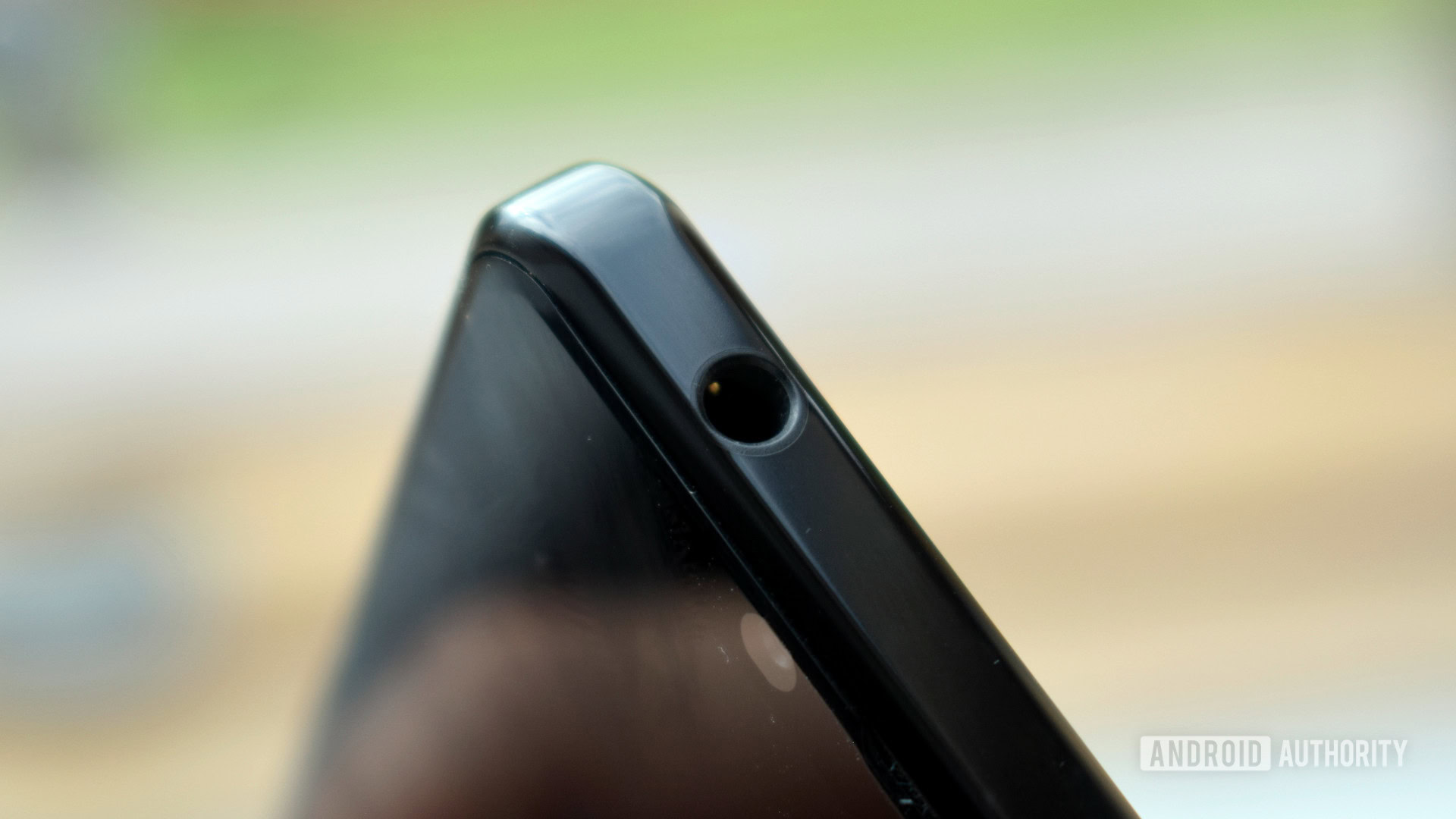
The headphone jack remains a must-have feature in certain circles, but it’s not the only multimedia trick the Xperia 1 II has up its sleeve. With Sony’s LDAC and Qualcomm’s aptX HD and aptX Adaptive onboard, wireless headphone aficionados are well catered for too.
Sony throws in all its cutting-edge multimedia enhancing tricks too, including DSEE Ultimate AI audio upscaling, Dolby Atmos, and CineAlta BT.2020 10-bit video support. Plus, a microSD card slot expands the phone’s storage up to 1TB for larger offline media libraries. If that wasn’t enough, the Xperia 1 II also supports Sony’s Dualshock 4 controller.
The Sony Xperia 1 II remains one of the most comprehensive multimedia phones on the market.
Whether you’re seriously into music, movies, or gaming on the go, the Sony Xperia 1 II remains just about the most comprehensive multimedia smartphone on the market today.
The not so good
While the Sony Xperia 1 II is certainly a high note for the company, it wasn’t perfect. Many of the issues we noted in our first review seemed eminently fixable. Unfortunately, Sony hasn’t used the time since its launch to address some of our bigger bugbears.
Side-on fingerprint scanner
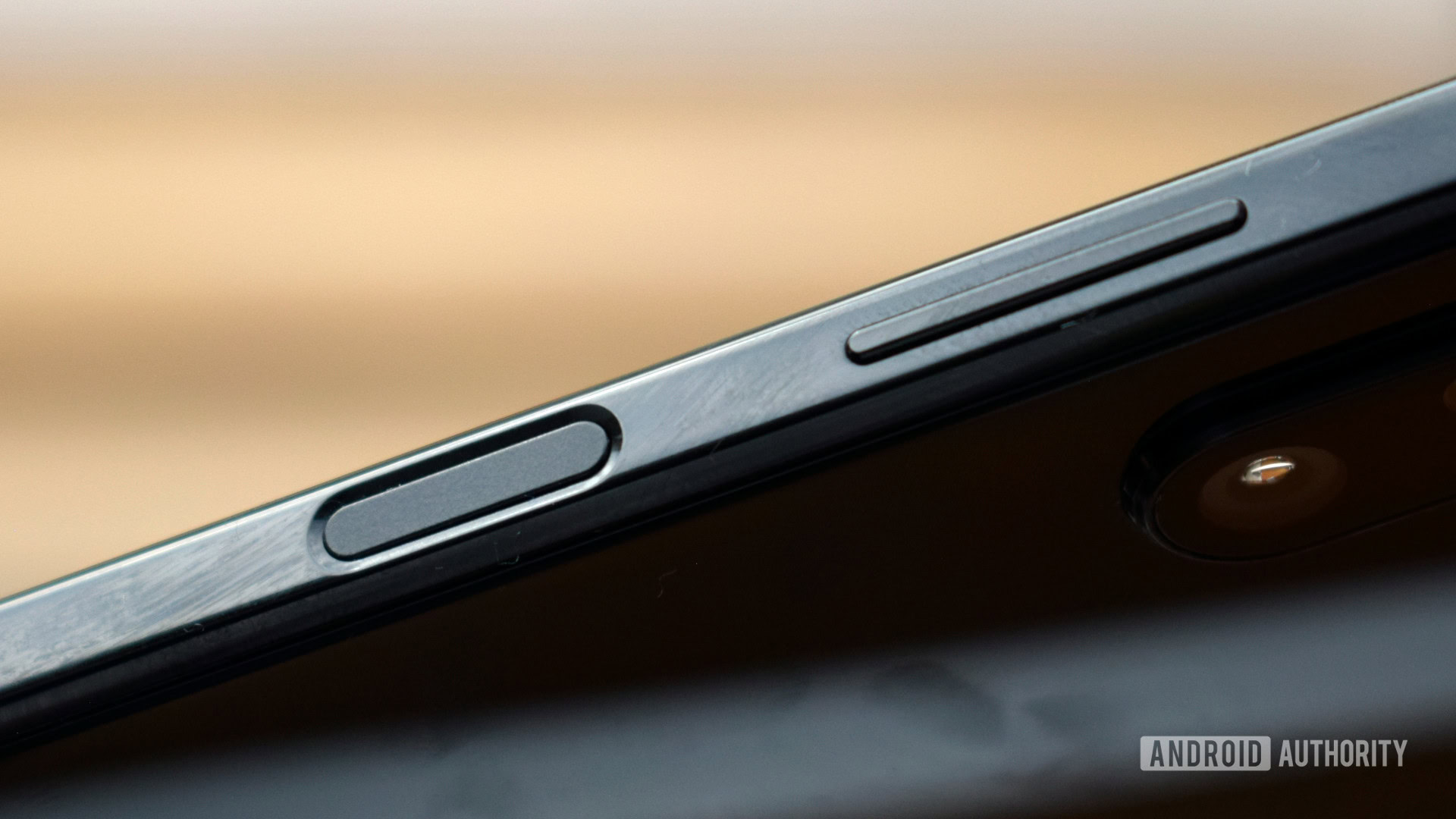
My only issue with the Xperia 1 II’s design is the fingerprint scanner. Sony’s reasoning aside, it’s just a bit awkwardly placed. It’s slightly too low for where my hand naturally rests on the device. I also accidentally pressed too hard and locked my phone when registering my fingerprint and trying to unlock secure apps. Sony and its fans may stand by this design, but I think there’s a reason no one else uses a similar setup.
But my real gripe is that the phone is quite slow to open when using the fingerprint scanner. Unlocking pauses for a couple of seconds, compared to near-instantaneous opening with a password or pin. It’s the fingerprint verification process that’s a little slow, as unlocking secure apps feels equally sluggish.
To Sony’s credit, the fingerprint scanner is very accurate in my experience. It will seldom fail to register my fingerprint correctly. A short tap on the sensor is often all it takes for a successful if somewhat slow unlock, rather than a prolonged press and hold. If Sony can improve recognition speed, it might become a more viable alternative to finicky in-display fingerprint scanners found in other flagship phones.
Camera inconsistencies
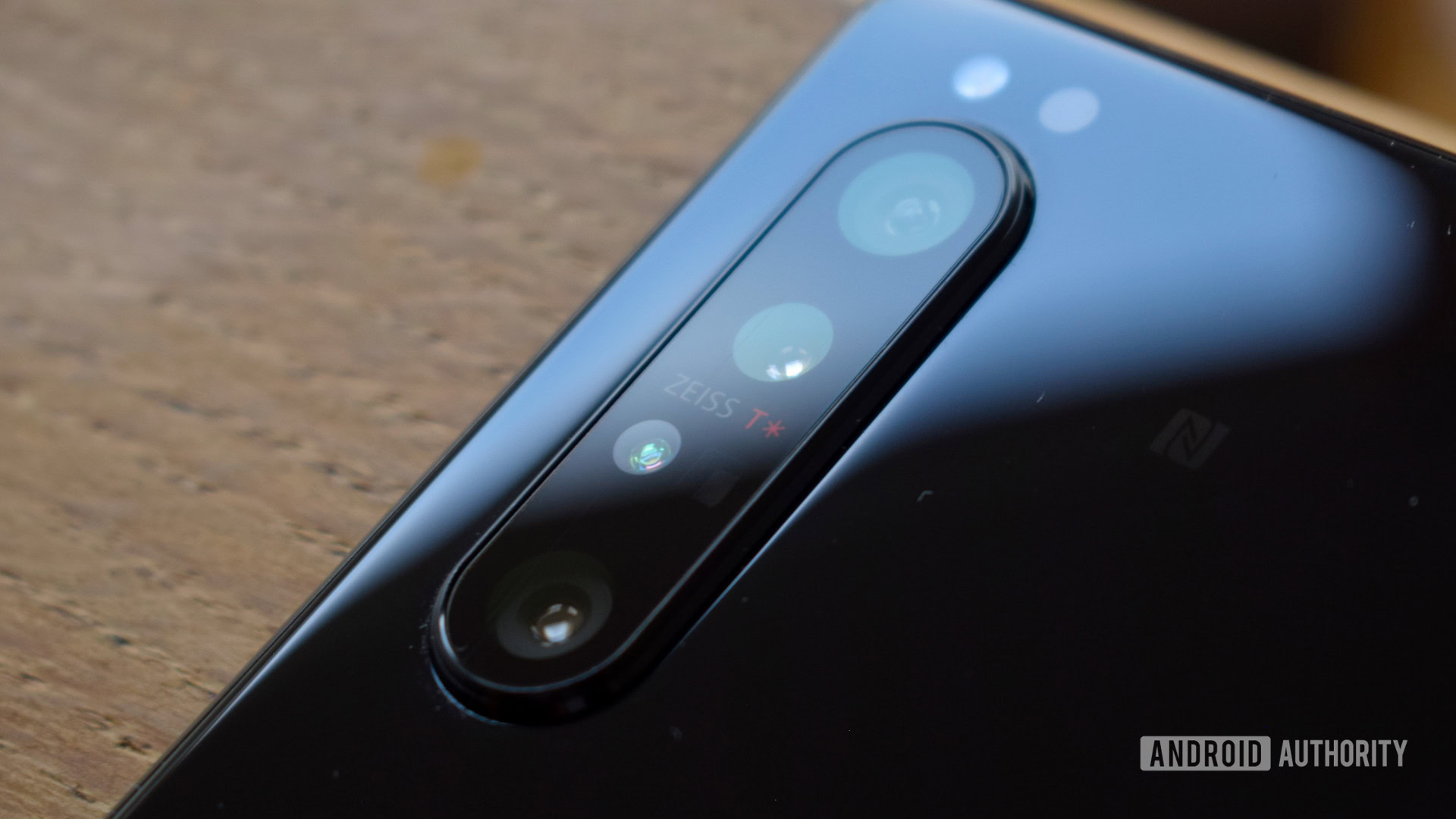
While we’d still rate the Xperia 1 II as offering a decent camera package overall, I’ve had a hit and miss experience with the phone’s lenses across various shootouts following the initial launch. Fast forward twelve months and I remain unconvinced of its capabilities for this price point.
Sony has updated its camera software over the past few months, introducing RAW format support and 4K HDR 120fps video, and enabling the phone to work as an external monitor for Alpha cameras. The phone continues to take some great-looking pictures, especially if you can master its pro mode. Even with the standard app, colors and white balance are the camera setup’s greatest strengths. That said, the handset still delivers very inconsistent results.
The phone’s HDR, telephoto zoom, and bokeh edge detection capabilities continue to be below par for such an expensive flagship smartphone. Sony still hasn’t fixed the frankly stupid problem where pinch-zooming to 3x doesn’t activate the telephoto lens to ensure the best image quality. Nor is there an HDR toggle in the default camera app.
Sony packs in some truly powerful features, particularly in the Photo Pro and Cinema Pro apps. However, the user experience remains a mishmash of separate applications. While I can understand the dedicated Pro apps, I cannot fathom why Portrait Selfie, Panorama, and Slow Motion modes are housed entirely in their own apps, complete with individual app permissions. Just stick it all in one place like everyone else.
Overall, the Xperia 1 II’s camera can take some excellent pictures but the experience remains too inconsistent for all but the most patient photographer.
Price
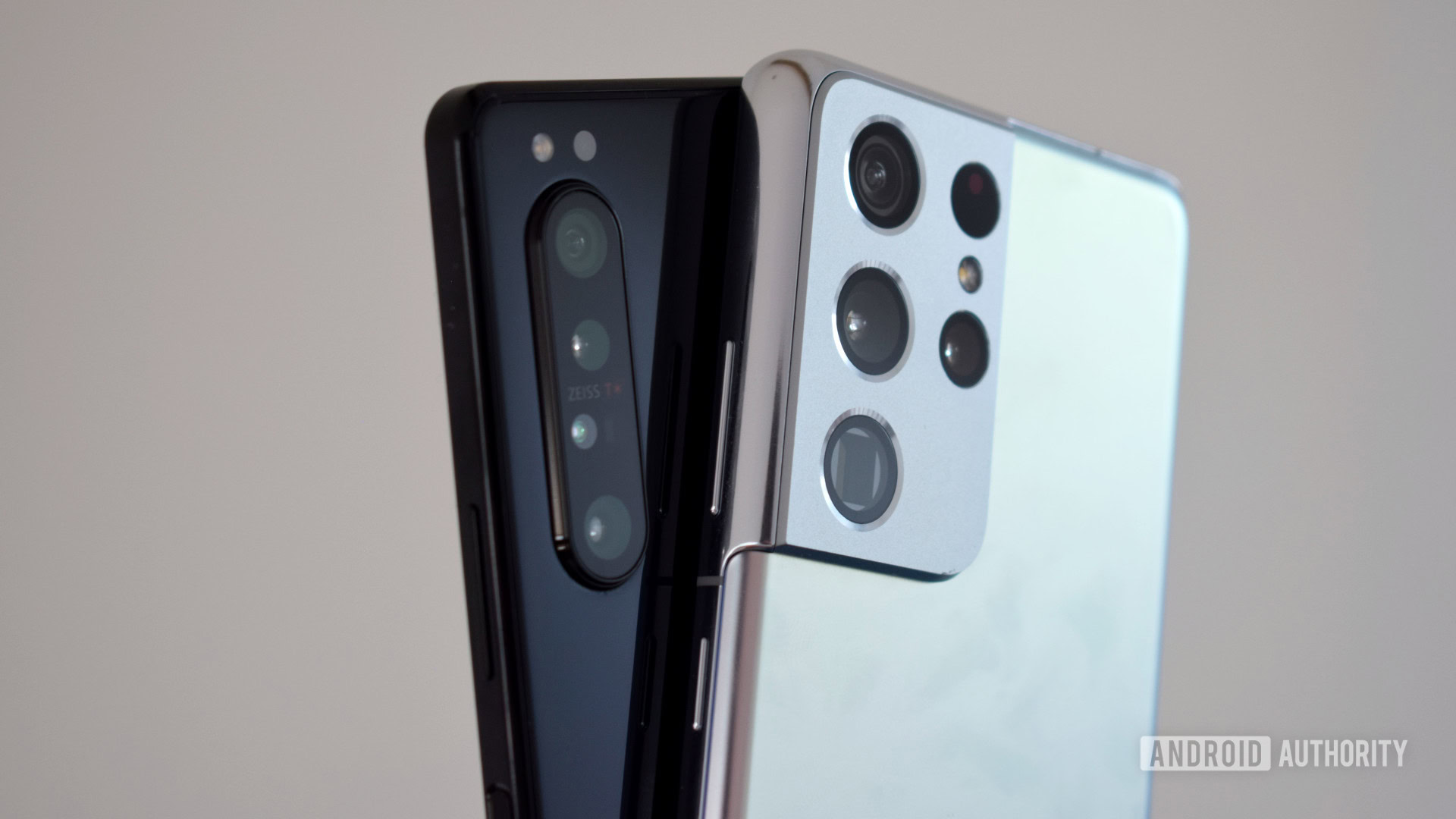
Sony, seemingly, doesn’t do discounts and the Xperia 1 II remains one of the more expensive smartphones on the market.
The phone still retails for its $1,199.99 / £1,099.99 / €1,199.99 launch price through virtually all major channels. And that’s despite the announcement of its successor. Some regions can occasionally find slightly cheaper deals, but the phone remains expensive compared to its 2020 rivals.
When in stock, 2020’s Samsung Galaxy S20 Plus regularly retails well below its launch price, where it’s still available. In fact, you can pick up 2021’s Samsung Galaxy S21 Ultra for $1,199, the same price as Sony’s handset. Similarly, the OnePlus 8 Pro has seen a £250 official discount from £899 last year, as you’d expect once a newer model hits the shelves.
If I was looking for a new Sony flagship, I'd wait for Xperia 1 III stock.
Sony, unfortunately, remains stubbornly attached to its original pricing scheme. The handset was expensive last year and certainly feels overpriced in 2021. Especially as the Sony Xperia 1 III will soon be on the market, no doubt at a similarly high price point. If I was looking for a new Sony flagship, I’d probably wait for the Xperia 1 III.
Sony Xperia 1 II review revisited: The verdict
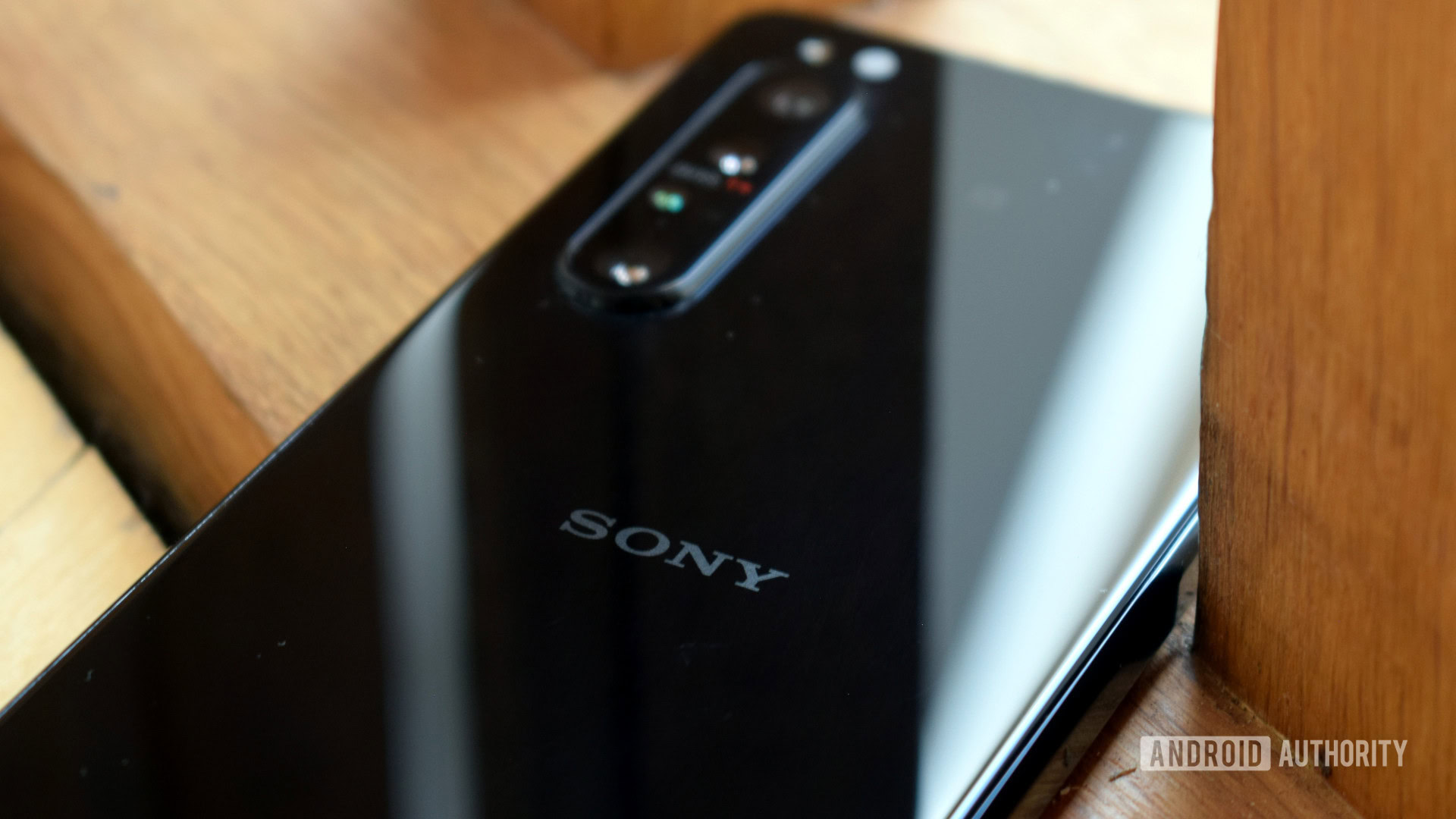
Back in mid-2020, Sony pulled out an exquisitely designed and feature-packed smartphone with the Xperia 1 II. Camera performance aside, Sony served up a sizzling flagship that stood out as one of our favorite phones of the year. The bulk of the hardware has aged well over the past 12 months, and even the last-gen processor is more than responsive enough.
However, the same $1,200 price tag, while justifiable against last year’s equally expensive Galaxy S20 Plus, feels overpriced in 2021. Especially as US customers miss out on 5G, there’s no mmWave for global audiences, and as Samsung and others are taking a more aggressive approach to price with their 2021 flagships.
Is the Sony Xperia 1 II still a good buy in 2021?
Returning to the Sony Xperia 1 II has been a bitter-sweet experience. I still really like the phone but, despite numerous updates, the handset has the same niggling problems as 12 months ago. Of course, Sony isn’t going to pay much attention to my personal quibbles. But I am left wondering about its priorities after it chose to add niche new features in lieu of addressing quality of life improvements. The phone still fits the bill for Sony’s target audience, but it’s a tougher sell to the broader market.
I’m excited to see if Sony can perfect the formula with the Xperia 1 III. The handset offers faster charging, dual-SIM 5G, a cutting-edge zoom camera, and the latest processing technology. Although this package might end up costing even more than the previous generation, given the lack of last-gen discounts, I recommend seeing what Sony’s 2021 flagship costs before picking up the older 1 II.
